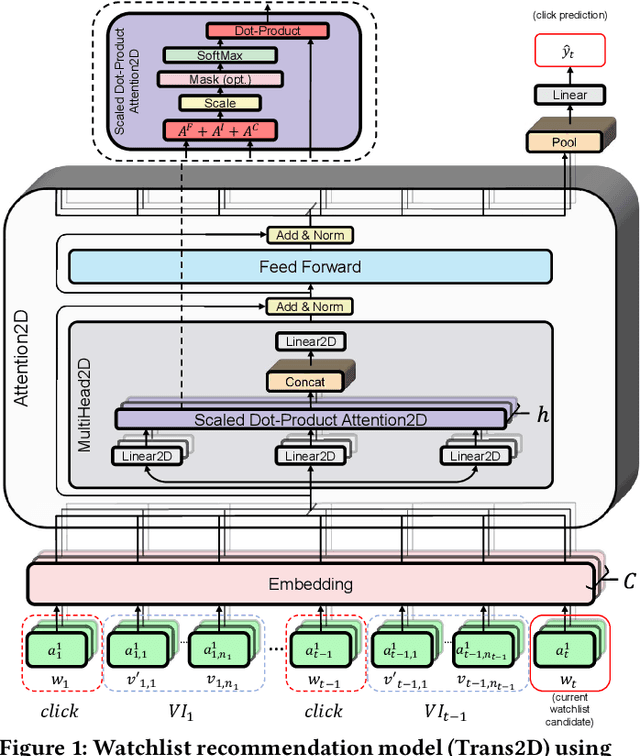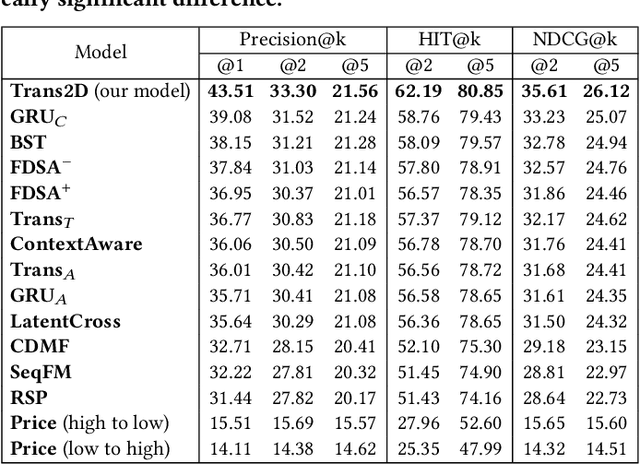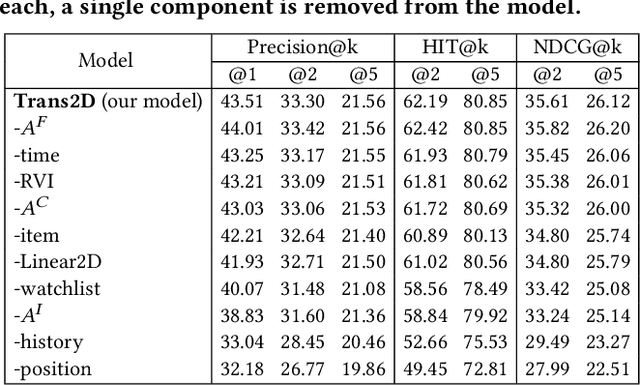Eliyahu Kiperwasser
Learning to Diversify for Product Question Generation
Jul 06, 2022



Abstract:We address the product question generation task. For a given product description, our goal is to generate questions that reflect potential user information needs that are either missing or not well covered in the description. Moreover, we wish to cover diverse user information needs that may span a multitude of product types. To this end, we first show how the T5 pre-trained Transformer encoder-decoder model can be fine-tuned for the task. Yet, while the T5 generated questions have a reasonable quality compared to the state-of-the-art method for the task (KPCNet), many of such questions are still too general, resulting in a sub-optimal global question diversity. As an alternative, we propose a novel learning-to-diversify (LTD) fine-tuning approach that allows to enrich the language learned by the underlying Transformer model. Our empirical evaluation shows that, using our approach significantly improves the global diversity of the underlying Transformer model, while preserves, as much as possible, its generation relevance.
Sequential Modeling with Multiple Attributes for Watchlist Recommendation in E-Commerce
Oct 24, 2021



Abstract:In e-commerce, the watchlist enables users to track items over time and has emerged as a primary feature, playing an important role in users' shopping journey. Watchlist items typically have multiple attributes whose values may change over time (e.g., price, quantity). Since many users accumulate dozens of items on their watchlist, and since shopping intents change over time, recommending the top watchlist items in a given context can be valuable. In this work, we study the watchlist functionality in e-commerce and introduce a novel watchlist recommendation task. Our goal is to prioritize which watchlist items the user should pay attention to next by predicting the next items the user will click. We cast this task as a specialized sequential recommendation task and discuss its characteristics. Our proposed recommendation model, Trans2D, is built on top of the Transformer architecture, where we further suggest a novel extended attention mechanism (Attention2D) that allows to learn complex item-item, attribute-attribute and item-attribute patterns from sequential-data with multiple item attributes. Using a large-scale watchlist dataset from eBay, we evaluate our proposed model, where we demonstrate its superiority compared to multiple state-of-the-art baselines, many of which are adapted for this task.
Scheduled Multi-Task Learning: From Syntax to Translation
Apr 24, 2018Abstract:Neural encoder-decoder models of machine translation have achieved impressive results, while learning linguistic knowledge of both the source and target languages in an implicit end-to-end manner. We propose a framework in which our model begins learning syntax and translation interleaved, gradually putting more focus on translation. Using this approach, we achieve considerable improvements in terms of BLEU score on relatively large parallel corpus (WMT14 English to German) and a low-resource (WIT German to English) setup.
Simple and Accurate Dependency Parsing Using Bidirectional LSTM Feature Representations
Jul 20, 2016Abstract:We present a simple and effective scheme for dependency parsing which is based on bidirectional-LSTMs (BiLSTMs). Each sentence token is associated with a BiLSTM vector representing the token in its sentential context, and feature vectors are constructed by concatenating a few BiLSTM vectors. The BiLSTM is trained jointly with the parser objective, resulting in very effective feature extractors for parsing. We demonstrate the effectiveness of the approach by applying it to a greedy transition-based parser as well as to a globally optimized graph-based parser. The resulting parsers have very simple architectures, and match or surpass the state-of-the-art accuracies on English and Chinese.
Easy-First Dependency Parsing with Hierarchical Tree LSTMs
May 26, 2016Abstract:We suggest a compositional vector representation of parse trees that relies on a recursive combination of recurrent-neural network encoders. To demonstrate its effectiveness, we use the representation as the backbone of a greedy, bottom-up dependency parser, achieving state-of-the-art accuracies for English and Chinese, without relying on external word embeddings. The parser's implementation is available for download at the first author's webpage.
 Add to Chrome
Add to Chrome Add to Firefox
Add to Firefox Add to Edge
Add to Edge